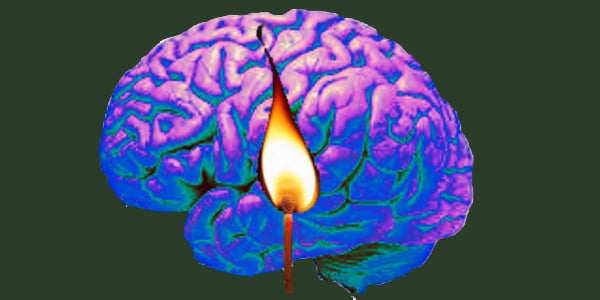I sat across from Alysa as she leaned back in her chair and began to rub her temples. Her large gold earrings lifted up and down in time with the rhythm as she closed her eyes for a moment. She had come to me as a counselor for anxiety counseling.
“I can’t keep up with this pace” she said.
After giving her a little time to decompress I spoke softly, “You’ve mentioned this to me before”
She laughed nervously and her eyes popped open for a minute.
“I told my son, he needed to pay more attention to his body” “ You know, not go full throttle in basketball practice. He could re-injury himself”
Her eyes looked down for a moment. “I’m such a hypocrite. I really need to follow my own advice.” I give good advice!” She said, Laughing.
We both smiled and I nodded ” Yes you do”
Why we don’t Listen to Our Own Advice
When we are under stress the emotional centers of our brain kick in. Then stress & anxiety run the shows. We then move into a survival response of flight. More reactive, less able to think clearly.
“So, if you were to give yourself some good advice what might you say? Would it be the same that you gave your son…to listen to your body?
She looked thoughtful as she stared out out the office.”Yeah, Probably. I don’t always give myself advice. But sometimes I do. And even when I do, I don’t follow it.”
“Why not?”
She leaned into the arm chair as though trying to hold herself up. Then let out a long sigh.
“I’ve lived my whole life, in overdrive. I go 100 miles an hour. It’s what I’m known for. I’m good at it. My whole life has been about not listening to my body.”
“My whole life has been about not listening to my body”.
The Price we Pay for Speed
As a senior VP in her company Alysa had a lot on her plate. She had worked hard to lead her team in efforts to deliver a product with a quick turn around and she was good at it. She has developed a reputation among her colleagues for being a fast and decisive leader. Yet it came at a cost. And the costs were starting to mount up. Her physical and mental complaints were many: chest pains, headaches, back pain, TMJ, irritable bowel syndrome as well as on going stress and anxiety. And on top of that she had started to feel distant, more irritated with her husband. Her marriage was faltering.
Give me a break!
” I need a friggin break! My body just can’t keep up the way it used to. And I feel tired a lot.”
So do you think that you will take this 30 minute break?
She paused in her face. Got still.
She started to speak and then stopped herself. You’re hesitating quite a bit. I said,
“It’s just in the past, when I’ve tried to take a break, I’ve not done it. So I don’t want to hold myself to it. I don’t want to say I will, but then not do it. It’s the follow through. That’s hard for me.”
When Stress & Anxiety Run the Show
The truth is we live in a fast past culture. Many of us run on anxiety.
Adrenaline can be a high. It can be addictive. Plus, our own
family of origin patterns reinforces it. We are wired to respond quickly. Overvalued for our performance. Undervalued for who we are when at rest.
Suffering from job burn out? You’re in need of anxiety counseling.
Get Anxiety Counseling
An experienced anxiety counselor or coach can help by using anxiety counseling and other approaches. Contact our office we’ve got you covered. We will help coach you in a better direction.
We are located in St Louis, Missouri and serve people in the following communities: Webster Groves, Kirkwood, Crestwood, Maplewood, Brentwood, Rockhill, Richmond Heights, Clayton, Shrewsbury, Lindenwood, Ladue, Central West End and the surrounding areas.
Give us a call at: (314) 827-5448 , email us at admin@danceofchange.com or https://danceofchange.com/book-an-appointment/
We offer in video (Telehealth) session for anyone.



